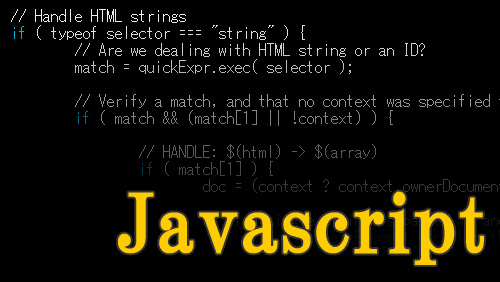What is JavaScript
what is JavaScript, is a programming language for the web. It is upheld by most internet browsers including Chrome, Firefox, Safari, Internet Explorer, Edge, Opera, and so on. Most mobile programs for smartphones support JavaScript as well.
It is principally, used to improve website pages to accommodate a more easy to understand involvement. These incorporate progressively refreshing pages, UI upgrades. for example, menus, dialog boxes, animations, 2D and 3D designs, interactive maps, video players, and more. This method of JavaScript utilization in the internet browser is likewise alluded to as client-side JavaScript.
The Web Page Triad:
When you consider the parts that make up a website page, JavaScript frames the third segment of the group of three, HTML, and CSS being the other two. HTML depicts the page, including the content, designs, and so on. CSS is utilized to control and tweak the look of the site page, including the colors, fonts and so forth.
History of JavaScript:
The advancement of JavaScript started in 1995 at Netscape Communications, the producers of the Netscape browser. They understood that including a “stick language” to improve the web client experience would build the client take-up. So, they got Brendan Eich to install the Scheme Programming language.
Notwithstanding, since Java was, at the time, the hot new language of the web, they chose to make the language closer in linguistic structure to Java. With highlights of Scheme, the item introduction of Small talk and the punctuation of Java.
The primary rendition of this language was really named Mocha in May 1995, renamed to Live Script in September 1995 and again renamed to JavaScript in December 1995.
In 1996, JavaScript was submitted to ECMA International for concluding as a standard particular. In June 1997, the main authority determination for the language was discharged as ECMA-262. The most recent rendition of the language is ECMAScript 2017 which was discharged in June 2017.
What can I do with JavaScript?
It is an undeniable programming language translator inserted inside your internet browser. You can do anything in JavaScript that a customary language like Java permits these include:
- Declare variables
- Store and retrieve values
- Define and invoke functions
- Define your own classes
- Load and use external modules
- Write event handlers that respond to user and other events
The internet browser stacks a website page parses the HTML and makes what is known as a Document Object Model (DOM) from the substance. The DOM displays a live perspective of the site page to your JavaScript code. Your code would then be able to make updates to the DOM and have it introduced right away to the client.
Similarly, the program enables you to register your code to be told on UI occasions, for example, mouse movement, button click and so forth. Utilizing every one of these offices. you can manufacture cool pretty much nothing applications to fill whatever need you may pick.
How Does it works?

At the point when the internet browser stacks a page, the HTML parser starts parsing the HTML code and making the DOM. At whatever point the parser experiences a CSS or its order (inline or remotely stacked), it gets given over to the CSS parser or the JavaScript motor as required.
The JavaScript motor burdens outer JavaScript records and inline code, yet does not run the code promptly. It hangs tight for the HTML and CSS parsing to finish. When this is done, the JavaScript is executed in the request they were found on the website page: factors and capacities are characterized, work summons are executed, occasion handlers are activated, and so forth. These exercises result in the DOM being refreshed by the JavaScript and are rendered immediately by the program.
Loading JavaScript in Webpage:
The most common way to load JavaScript in a web page is to use the script HTML tag. Depending on your requirements, you can use one of the following methods.
- Load an external javascript file into a web page as follows:
<script type=”text/javascript” src=”/path/to/javascript”></script>
- You can specify the complete URL if the javascript is from a different domain from the web page as follows:
<script type=”text/javascript” src=”https://code.jquery.com/jquery-3.2.1.min.js”></script>
- JavaScript can be directly embedded in the HTML. The following causes the web page to pop up an alert box when it is loaded.
<script type=”text/javascript”>
alert(“Page is loaded”);
</script>
Other than these strategies there are methods for stacking JavaScript code powerfully on interest. Truth be told, there are entire systems committed to stacking and running JavaScript modules with legitimate conditions settled at the run time. Talk of these methods must be conceded to an advanced article.
Ideally, this presentation has brought a few experiences into JavaScript and sparked your interest for web programming when all is said in done and JavaScript specifically.


Recent Comments